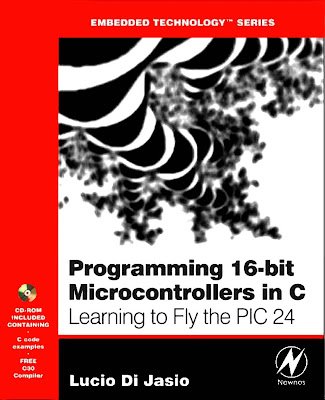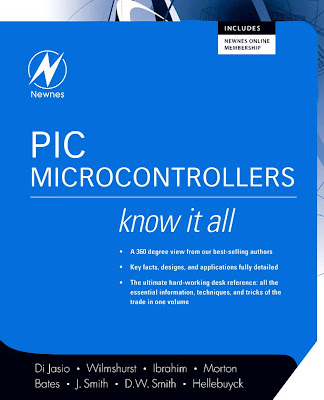 |
Hidráulica a Pequeña Escala Bun-ca Manuales Sobre Energía Renovable Fuente: BUN-CA Reseña Para la región de América Central, las tecnologías de energía renovable a pequeña escala representan una alternativa económica y ambiental factible para la provisión de energía a comunidades rurales remotas y para la expansión de la capacidad eléctrica instalada, ya sea por medio de sistemas aislados o por proyectos conectados a la red eléctrica. La región cuenta con suficientes recursos para desarrollar sistemas hidráulicos, solares, eólicos y de biomasa, principalmente. |
| Adicionalmente, estas tecnologías pueden disminuir la contaminación del medio ambiente, causada por las emisiones de gases de los sistemas convencionales que utilizan combustibles fósiles, como el carbón, y productos derivados del petróleo. Estos gases contribuyen al efecto invernadero y al calentamiento global de nuestro planeta. |
| INDICE |
|
| Consulta el Libro (7 MB) por: |
| Para los que usan Gestores de Descarga |
http://adf.ly/MmLQQ
http://adf.ly/MmLQR
http://adf.ly/MmLQS
|






